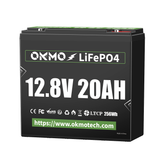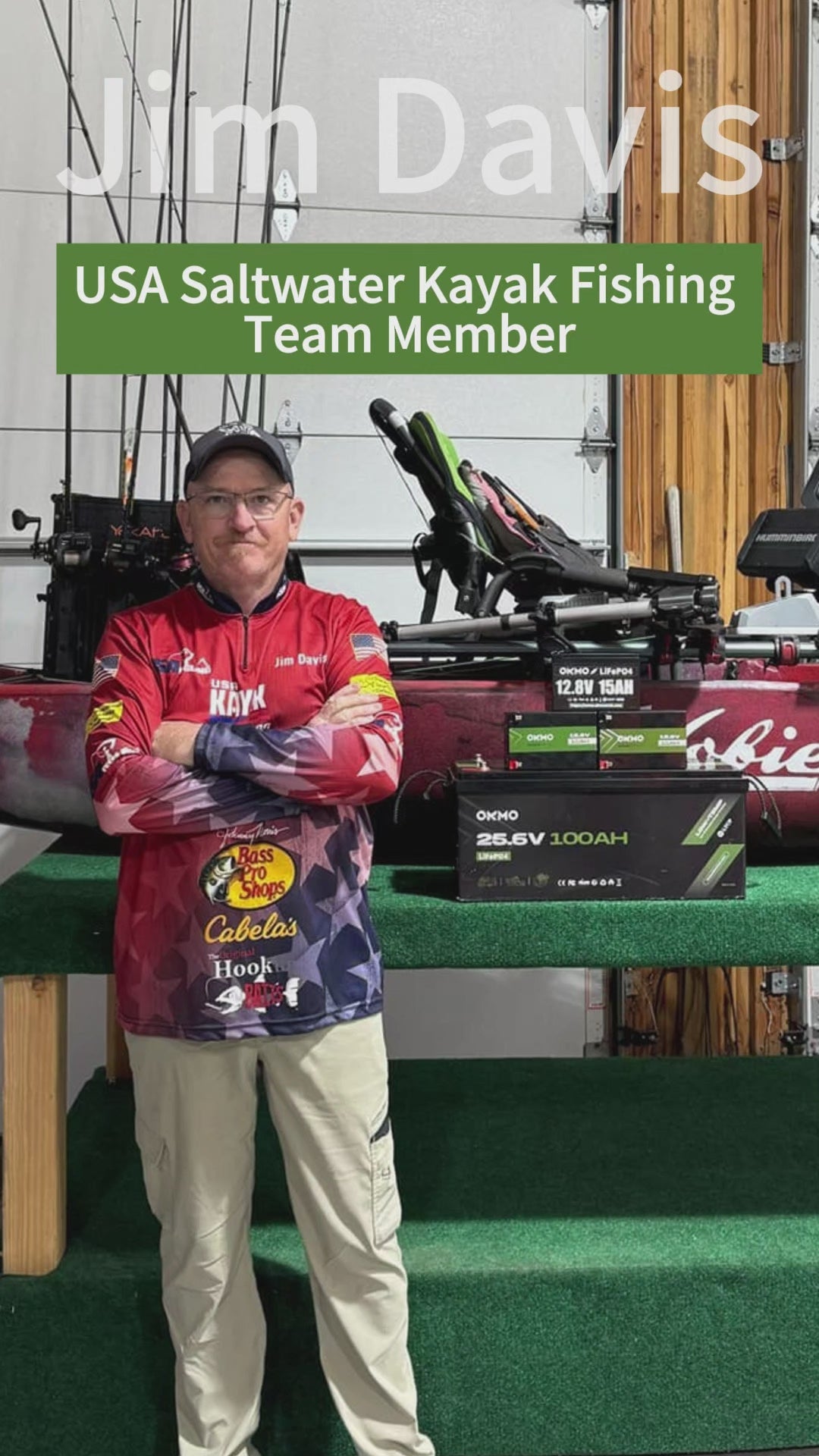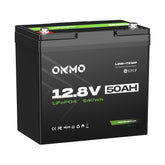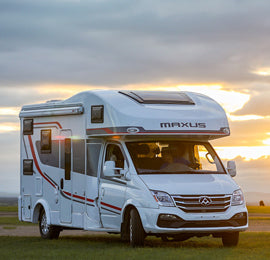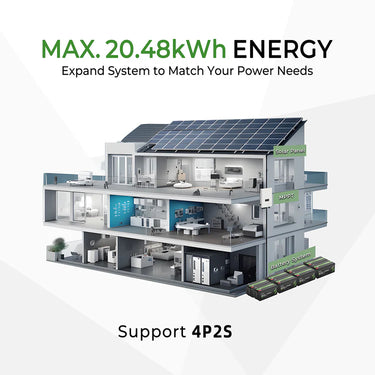Interstate Marine Battery Standards Analysis and Market Product Comparison Guide
 With the growing demand for high-efficiency energy in the global marine industry, the performance and safety of marine batteries have become critical concerns for users. As one of the authoritative organizations in the field, the Interstate Battery Association (IBA) has established stringent technical specifications for marine batteries. This article provides an in-depth analysis of IBA’s core requirements and compares mainstream market products to offer actionable purchasing recommendations.
With the growing demand for high-efficiency energy in the global marine industry, the performance and safety of marine batteries have become critical concerns for users. As one of the authoritative organizations in the field, the Interstate Battery Association (IBA) has established stringent technical specifications for marine batteries. This article provides an in-depth analysis of IBA’s core requirements and compares mainstream market products to offer actionable purchasing recommendations.
I. Interstate Battery Association (IBA) Marine Battery Standards
The IBA defines entry-level standards for marine batteries across four dimensions: safety, environmental adaptability, cycle life, and sustainability, ensuring stable operation under complex marine conditions.
1. Safety Requirements: Vibration Resistance and Leak-Proof Design
Marine batteries must pass the ASTM D4165 vibration test to simulate continuous turbulence during navigation. Additionally, battery casings must employ dual-layer sealing technology to prevent electrolyte leakage and corrosion risks. For example, IBA mandates that batteries maintain integrity even when tilted at 45°.
2. Environmental Adaptability: Corrosion Resistance and Wide Temperature Range
Batteries must withstand high humidity and salt spray. IBA requires terminals to use lead-calcium alloy coatings and casings to pass salt spray testing (e.g., ISO 9227), ensuring corrosion resistance for over five years in marine climates. Batteries must also operate within -20°C to 50°C to accommodate polar or tropical waters.
3. Deep-Cycle Capability and Capacity Stability
Marine batteries must support deep discharges (DoD ≥ 80%) for prolonged low-load usage (e.g., navigation systems, lighting). IBA stipulates that qualified batteries retain ≥80% capacity after 1,000 charge-discharge cycles. For instance, a 100Ah battery must maintain ≥80Ah after three years.
4. Sustainability and Recyclability
IBA requires compliance with RoHS directives and a lead recycling rate ≥98%. European markets may also require Extended Producer Responsibility (EPR) certification.

II. Performance Comparison of Mainstream Marine Batteries
Based on IBA standards, this section evaluates five mainstream marine battery types, including traditional lead-acid, AGM, and lithium-ion technologies.
1. Interstate Marine AGM Series (Lead-Acid AGM)
-
Key Advantages: Marine-optimized design, double vibration testing, 1,200-cycle lifespan. High-purity lead plates deliver 950A cold-cranking amps (CCA) for cold climates.
-
Ideal Use: Mid-sized yachts, fishing boats; mid-range budget (250–400).
-
IBA Compliance: Fully meets leak-proof and corrosion resistance standards but heavy (~30kg).
2. Optima BlueTop D31M (Spiral-Wound AGM)
-
Key Advantages: Unique spiral structure enhances vibration resistance; 30% faster charging than standard AGM. Supports rapid charging (80% in 3 hours) for frequent short voyages.
-
Ideal Use: Speedboats, rescue vessels; premium pricing (450–600).
-
IBA Compliance: Excels in vibration tests but has a shorter cycle life (800 cycles).
3. Deka Marine Master 8A31DTM (Flooded Lead-Acid)
-
Key Advantages: Cost-effective (180–250) with stable capacity for long-term anchoring.
-
Ideal Use: Small sailboats, leisure fishing boats; requires periodic electrolyte maintenance.
-
IBA Compliance: Moderate corrosion resistance; recommend anti-corrosion coatings.
4. OKMO LiFePO4 Battery 100Ah (Lithium-Ion)
-
Key Advantages: 1/3 the weight of lead-acid batteries; 5,000+ cycles, 100% DoD. Built-in Battery Management System (BMS) prevents overcharge/discharge.
-
Ideal Use: Luxury yachts, ocean-going vessels; high upfront cost (900–1,200).
-
IBA Compliance: Top sustainability but requires lithium-compatible chargers.
5. VMAX SLR125 (AGM Deep-Cycle)
-
Key Advantages: Balanced performance with 1,500 cycles; handles high-load devices (e.g., electric winches).
-
Ideal Use: Multi-purpose workboats; mid-range pricing (300–400).
-
IBA Compliance: Fully compliant but reduced performance below -10°C.

III. Purchasing Guide: Optimal Choices by Use Case
Select batteries based on operational needs and budget:
-
High-Frequency Commercial Vessels (e.g., ferries, patrol boats):
Recommend Lithium-Ion (e.g., Battle Born): High upfront cost offsets long-term savings via lifespan and weight reduction. -
Recreational Fishing Boats/Small Yachts:
Choose AGM (e.g., Interstate or VMAX): Balances performance, price, and maintenance-free convenience. -
Budget-Consistent, Low-Intensity Use:
Traditional Flooded Lead-Acid (e.g., Deka): Economical but requires regular upkeep.
The Interstate Battery Association’s standards set a benchmark for marine batteries, yet market diversity demands careful selection based on specific needs. Whether prioritizing lithium-ion’s cutting-edge performance or AGM’s cost efficiency, compliance with IBA certifications and suitability for marine conditions remain paramount. While emerging technologies like solid-state batteries may reshape the market, current buyers should prioritize reliability and regulatory alignment to ensure safe, enduring power solutions.
